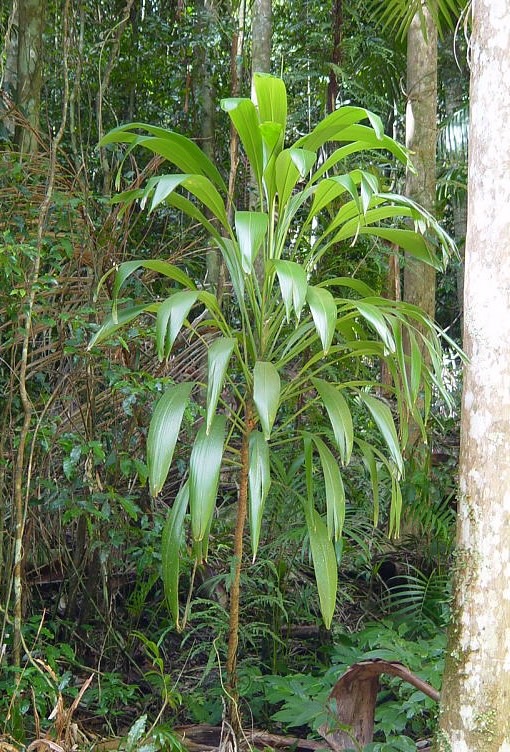

| height | 6–10ft | |
| width | 3–6ft | |
| tolerates | Coast, Cool Summers, Fog, Pots | |
| water needs |
Low – Moderate | |
| water info |
Cordylines are surprisingly drought tolerant once established, though they will look their best with deep watering every week or two. Having good drainage is important with cordylines, which will also makes them quite tolerant of overwatering. | |
| hardy to |
28F | |
| exposure | Full Shade – Part Shade | |
| indoor outdoor |
Outdoor | |
| drainage | In Ground: Cactus Mix, In Pots: Cactus Mix, Tolerates Sandy Soil | |
| fertilizing | All Purpose | |
| origin | N Australia | |
| california native |
No | |
| sunset zones |
16, 17, 19–22 |
Full Sun
Six or more hours of sun beams directly landing on the plant's leaves.
Part Shade
Three to five hours of sun beams directly landing on the plant's leaves.
Part Sun
One to two hours of sun beams directly landing on the plants leaves.
Full Shade
The plant is never fully lit by sun beams,
but is in a bright spot or has dappled sunbeams playing over the leaves throughout the day.
Deep Shade
The plant never has dappled light on the leaves, and is in a place that feels dim, even on a nice sunny day.
